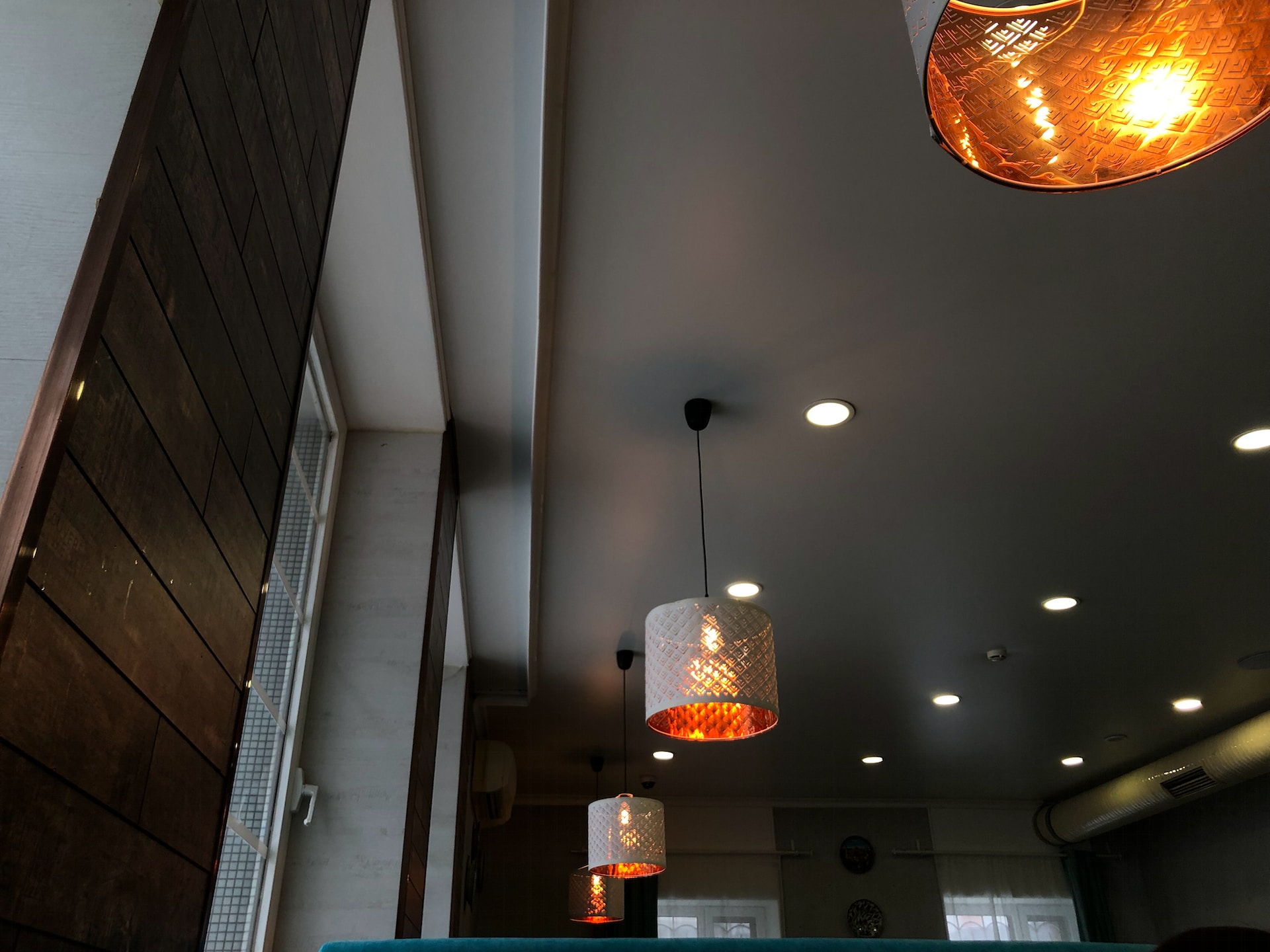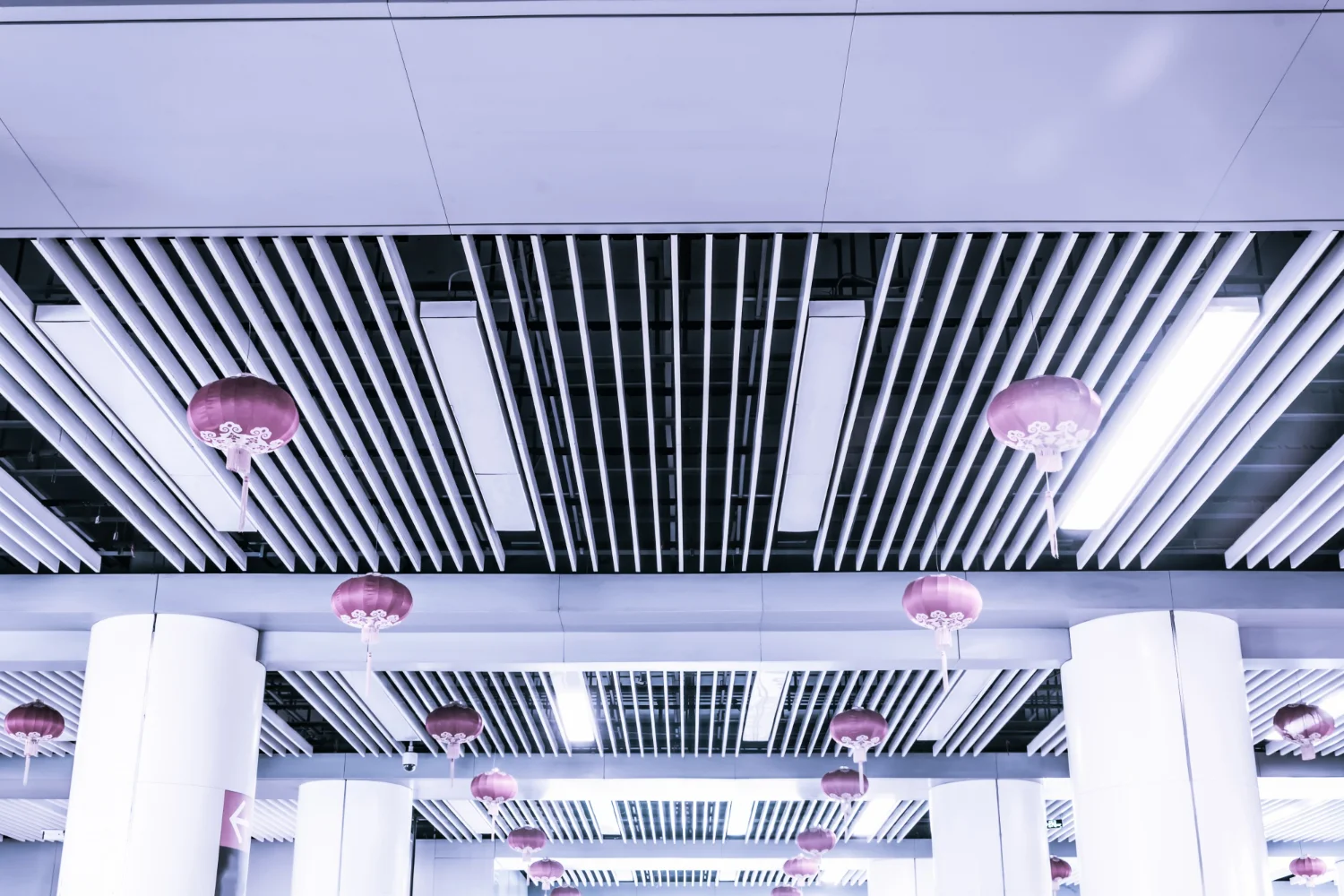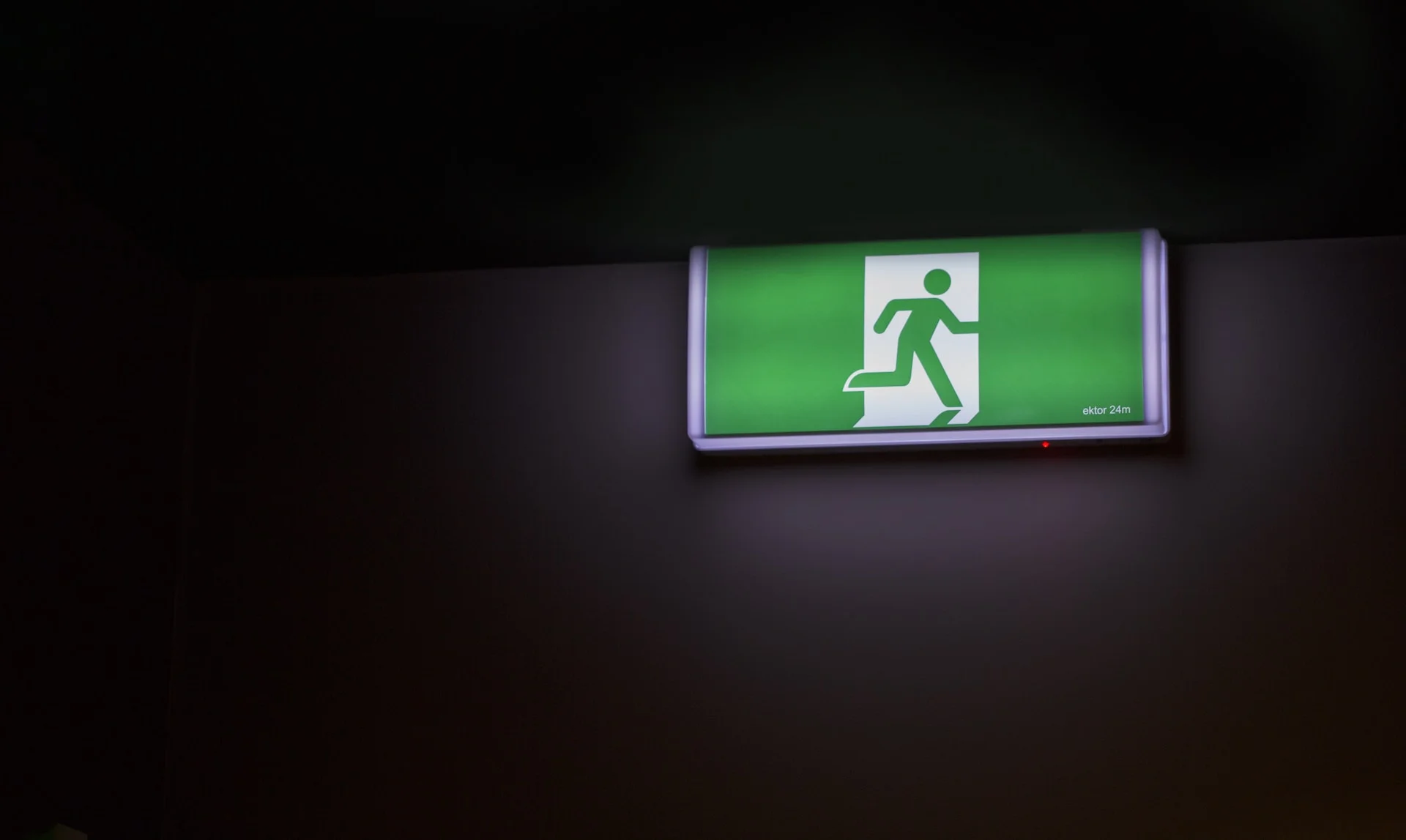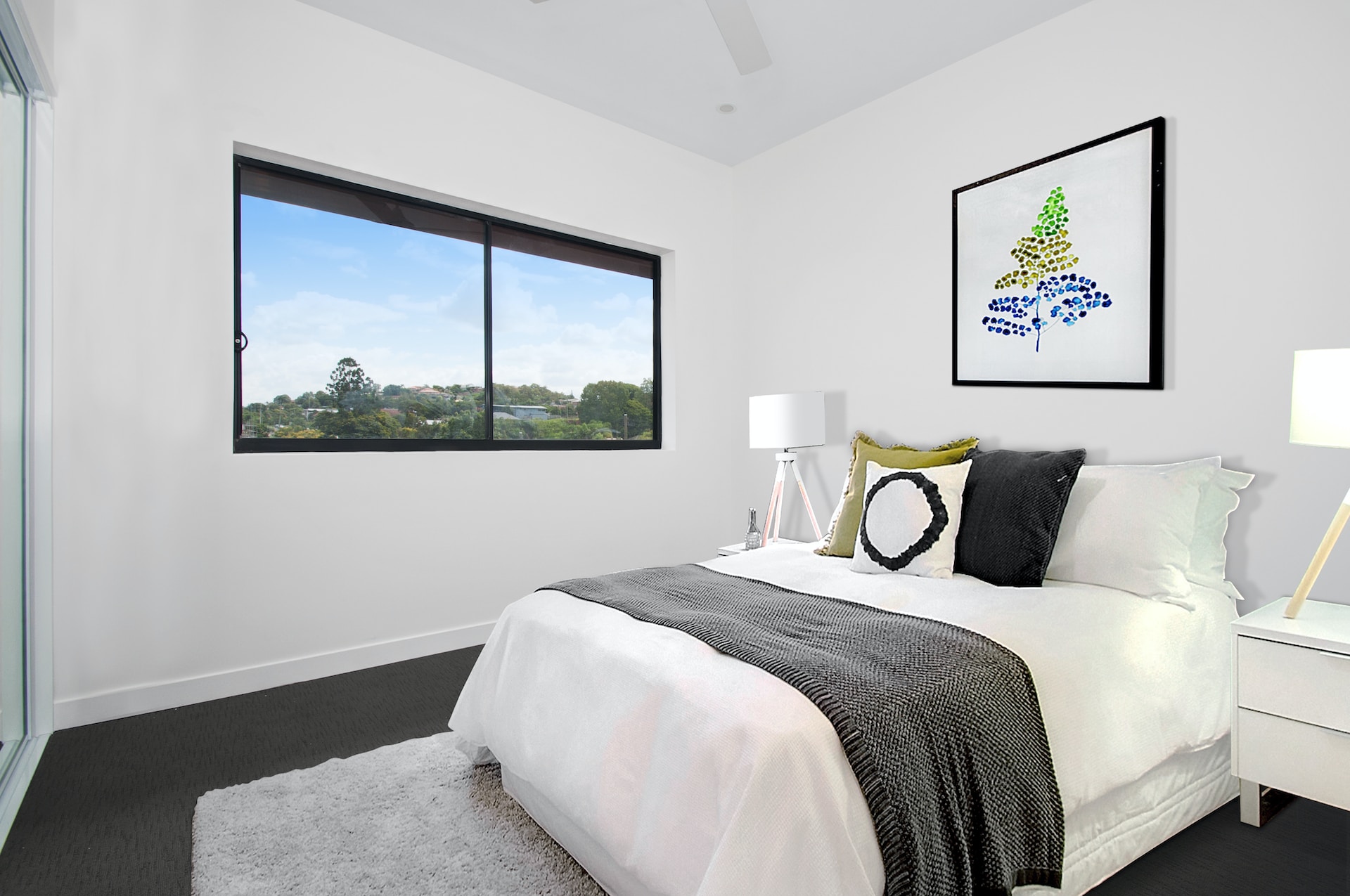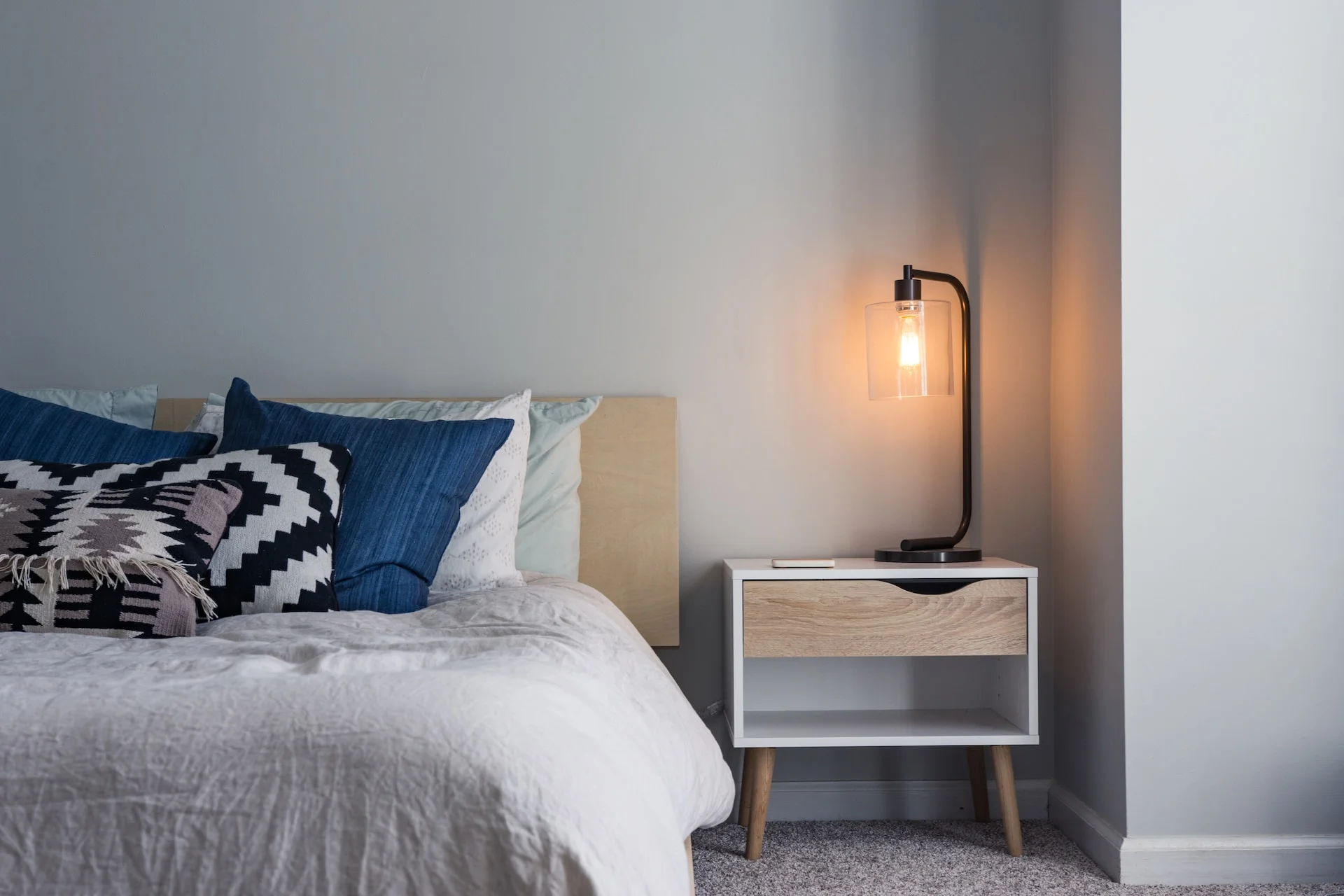What are some tips for effective commercial lighting design?
Building Lighting Design
Building lighting design is an essential element of commercial lighting design. Lighting designs can emphasize architectural details and features, including columns, textures, and color details. Lighting plays a crucial role in enhancing the building’s design. Using exterior lights can enhance the building’s facade and landscape, while dynamic lighting can significantly influence the designs, making them more aligned with branding goals. Moreover, advanced lighting can provide optimal lighting conditions based on the time of day. Integrating artificial lighting with natural daylight could further enhance the designs, giving them a more organic appearance. Lighting is a strategic tool for elevating the overall design, making it more visually appealing and capturing the viewer’s attention. Ultimately, this creates a lasting positive impression of the design.
Commercial Lighting Ideas
Bringing new and unique commercial lighting ideas would distinguish the design from
conventional lighting methods. Employing a variety of ideas could significantly impact the lighting design. Here are some practical ideas to influence commercial lighting: Firstly, incorporating an interactive lighting installation would help create a more engaging customer experience. Similarly, dynamic lighting could establish an ambiance based on the theme and enhance the space’s versatility. Secondly, crucial design enhancements involve collaborating with an interior designer and an artist to craft custom lighting. This approach would appeal more to viewers and establish a connection with the atmosphere. Moreover, floating cloud ceilings using diffused light fixtures can create a deep, unique ambiance. Lastly, graffiti-style lighting to decorate the walls and floors would provide an overall design aesthetics, infusing a nostalgic feel and an elegant touch.
Lightning Design Tips
Brands can consistently enhance productivity by utilizing valuable lighting design tips to improve lighting designs. Here are some suggestions that could enhance the lighting experience. Creating layered lighting provides flexibility and versatility, allowing for adjustments based on various activities and moods. Additionally, carefully selecting the color temperature for the lighting is crucial. Note that warmer tones generally create a cozy ambiance, while cooler tones offer an energizing atmosphere. It is essential to determine the color temperature based on the theme accurately. Another helpful tip is to do mock-up tests before finalizing a design. Creating sample mock-ups would allow us to test different lighting schemes on various designs.
Furthermore, ensure sufficient task lighting for specific areas where particular activities occur. Lastly, what holds utmost importance is choosing lighting that aligns with the brand’s identity. Lighting significantly contributes to the overall brand experience.
Commercial Lighting Layout
Commercial lighting layout plays a vital role in enhancing aesthetics by boosting the atmosphere and surroundings of the space. Combining environmental, task, and accent lighting creates a visually pleasing ambiance that syncs with the brand’s identity. Moreover, it has a significant role in enhancing the energy efficiency of commercial spaces. This is achieved by incorporating energy-efficient fixtures, sensors, and controls. Consulting with lighting professionals can assist in designing a layout that fulfills specific needs while maximizing the benefits of lighting in commercial settings. Engaging experts in the field enhances the accuracy and significance of the lighting setup. Commercial lighting enhances aesthetics and branding and plays a pivotal role in sustainability and resource conservation through a thoughtful approach to lighting design.
Commercial Lightning Designer
A skilled commercial lighting designer helps create an impactful and productive lighting solution for retail space. An influential designer practically balances the visual appeal of lightning. They modify areas by combining lightning that looks good and serves its intentional purpose, whether it is for retail, hospitality, office, or other commercial settings. Skilled designers examine the dimensional layout of commercial space, Considering the factors such as ceiling height, architectural features, and furniture arrangement. This analysis helps to determine the suitable placement of light fixtures. Designers have deep knowledge and are familiar with advanced lighting control systems, including dimming, scene setting, and intelligent controls. These system helps to save energy. The skilled designer has thé understanding of lighting principles, technology, and design integration, which ensures that the lightning designs contribute significantly to the success of commercial space.
Commercial Lightning Consultant
A commercial lighting consultant brings particular knowledge and skills to create effective lighting solutions for commercial areas. Consultants have will understanding of lighting principles, technology, and trends. Consultants are updated about the latest advancement in design and lighting. With that, consultants also objectively evaluate a space’s lighting needs. They assess the lighting setup, identify shortcomings, and suggest improvements that align with the client’s budget and goals. An effective consultant can oversee the lighting design application, ensuring that the fixtures are installed appropriately and that the desired lighting effects are achieved. A commercial lighting consultant is a guide and an expert partner throughout the lighting process. They have practical solutions that significantly contribute to creating well-lit and successful commercial spaces.
Conclusion
Finally, efficient commercial lighting solutions from USA Energy are the unseen designers of business environments’ success, functionality, and ambience. They go well beyond only providing illumination. Businesses can create an environment that connects with their corporate identity and objectives by deliberately integrating various lighting strategies, such as task lighting for functionality, ambient lighting for mood enhancement, and accent lighting for focus points. The interaction of light and shadow, colour temperatures, and intensity levels helps create a unified and welcoming environment that attracts clients.

